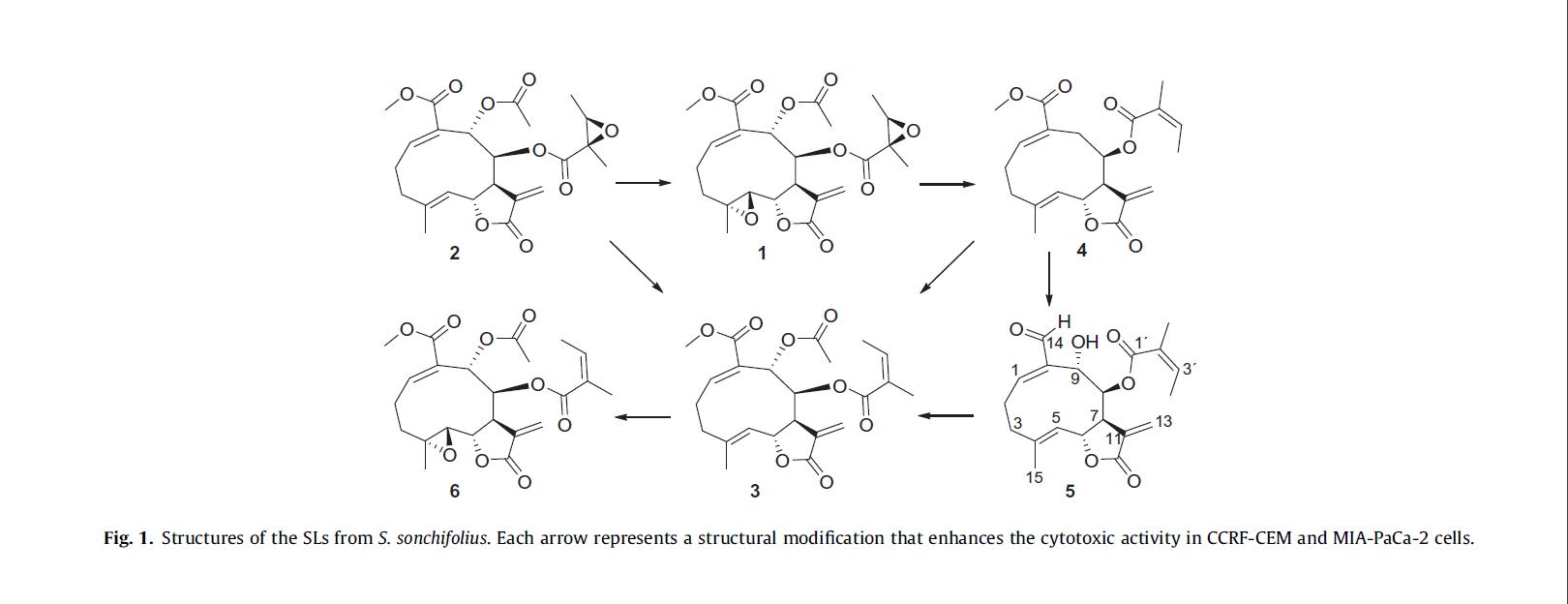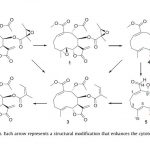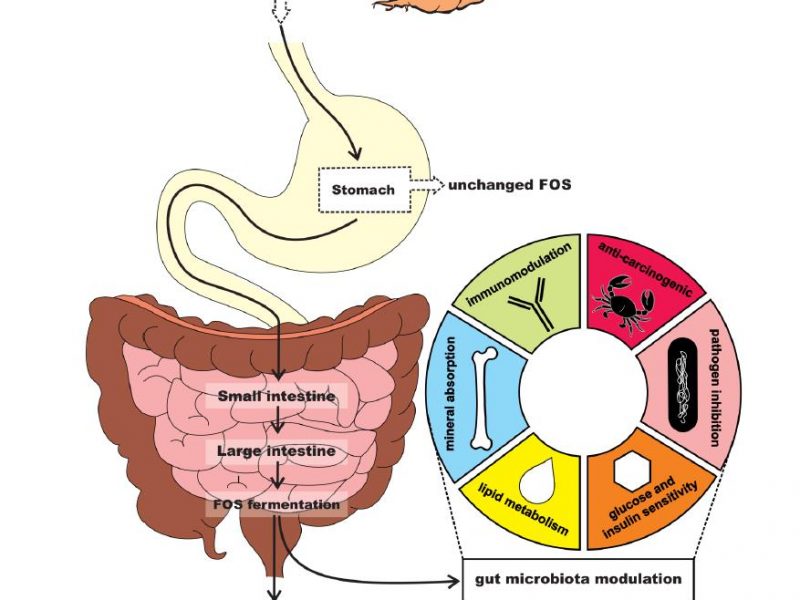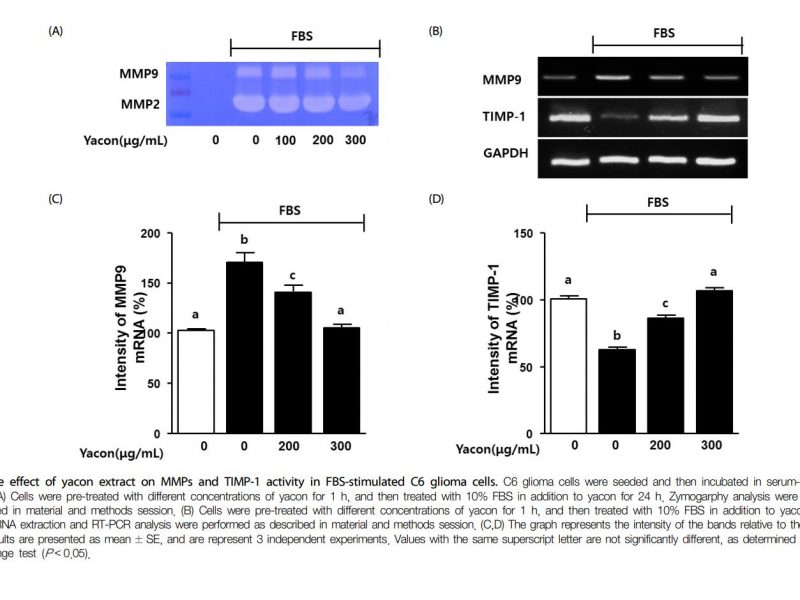
The Sesquiterpene Lactone Polymatin B from Smallanthus Sonchifolius Induces Different Cell Death Mechanisms in Three Cancer Cell Lines
A 8β-angeloyloxy-9α-hydroxy-14-oxo-acanthospermolide and five known melampolide sesquiterpene lactones (uvedalin, enhydrin, polymatin B, sonchifolin, and fluctuanin) were isolated from the leaves of Smallanthus sonchifolius. The compounds were identified by 1D-, 2D-NMR, HRMS, IR and UV analyses. In vitro cytotoxicity assays (MTT) showed that these sesquiterpene lactones display poor cytotoxic effects on peripheral blood mononuclear cells (PBMC) of healthy human subjects, whereas a strong cytotoxicity was observed in leukemia and pancreas cancer cells. For the mechanism of action of polymatin B, oxidative stress seems to be involved. Interestingly, reactive oxygen species (ROS) formation mainly induced different effects: apoptosis in CCRF-CEM cells, necroptosis in CEM-ADR5000 cells through induction of RIP1K, neither apoptosis nor necroptosis in MIA-PaCa-2 cells. Additionally, cells also died partly by necrosis.
De Ford, C., Ulloa, J. L., Catalán, C. A., Grau, A., Martino, V. S., Muschietti, L. V., & Merfort, I. (2015). The sesquiterpene lactone polymatin B from Smallanthus sonchifolius induces different cell death mechanisms in three cancer cell lines. Phytochemistry, 117, 332-339.
- Structures of the SLs from Yacon









